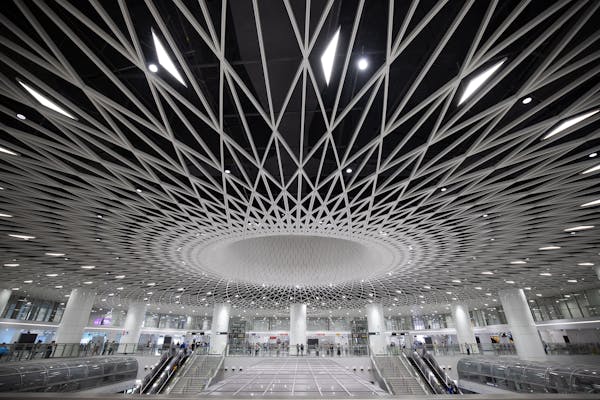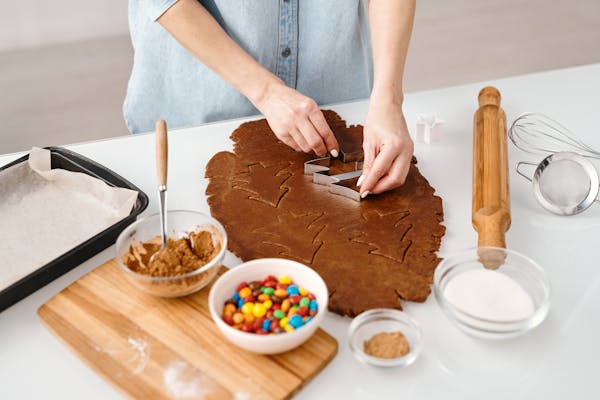The new time comes with new design tendencies. The usual plastic, wood, steel and glass are still the most common choices for most designers but new materials are making their way through and sooner or later they’ll have their place among other favourite materials.
So, what can we expect to see in interior design concepts in the next years?
- High strength concrete
By regulating the water film and cement density in the material its qualities can be significantly changed and adapted to what we want to achieve.
- Sea balls or Neptune balls
These are seaweed fibres with great looks and natural fireproof capabilities(b1). Thanks to containing almost no salt and protein, the material is safe for humans. It has wonderful isolating capabilities and people use it for their roofs, walls etc.
- Hollow Sphere Materials
A mix of metal or ceramic, water and binding material is poured over air suspension coating. Once the polymeric material evaporates, a structure full of wholes is left. The material can be used for isolation and interior solution. It boasts rigidity thanks to its spherical shape but it’s over 4000% lighter. Thanks to the clever technology used for producing the design, almost any material that can be sintered can be made in a hollow sphere shape.
- Self-reinforced thermoplastic
These are lighter, stronger, and more stable than conventional thermoplastics. Heat resistance is twice as good and on top of all, these are fully recycled.
How it’s made?
Instead of adding reinforcing materials and fibres to the matrix, the self-reinforced plastic is made by rearranging the molecules in semy-crystalline areas in the plastic structure.
- Electroactive polymers
These are materials that change their shape due to the electrical charge subjected to them. These are also known as electroactive plastics. The current work in laboratories aims to create artificial muscles and aircraft that can change their shape.
- Coconut-wood composites
coconut wood is harder than oak, it has no annual rings and it doesn’t shrink as much when applied to water. This makes it a great solution for furniture used for bathrooms or other high-moisture areas.
- Fungus based
These are grown naturally thanks to a new technology which utilizes the growing principles. No crude oil is used and yet the characteristics of the material are close to what can be achieved in the standard approach. The fungi used usually colonise soil, organics waste and food, creating a hard foam.
- Bioplastics
These don’t have their specific great characteristics but they can be added to other materials and improve them. The material was found in the 1930s but just recently mass production began.
- Blingcrete
It’s concrete with reflective capabilities which will allow big structural elements to be directly integrated into buildings. It will also have a specific feel and the applications are countless.
- Luminoso
It’s a combination of wood and fibreglass. The material is completely sealed and allows different pictures to be integrated making it great for the interior.
These are some of the latest tendencies in interior design which are popular today or will be popular soon.



